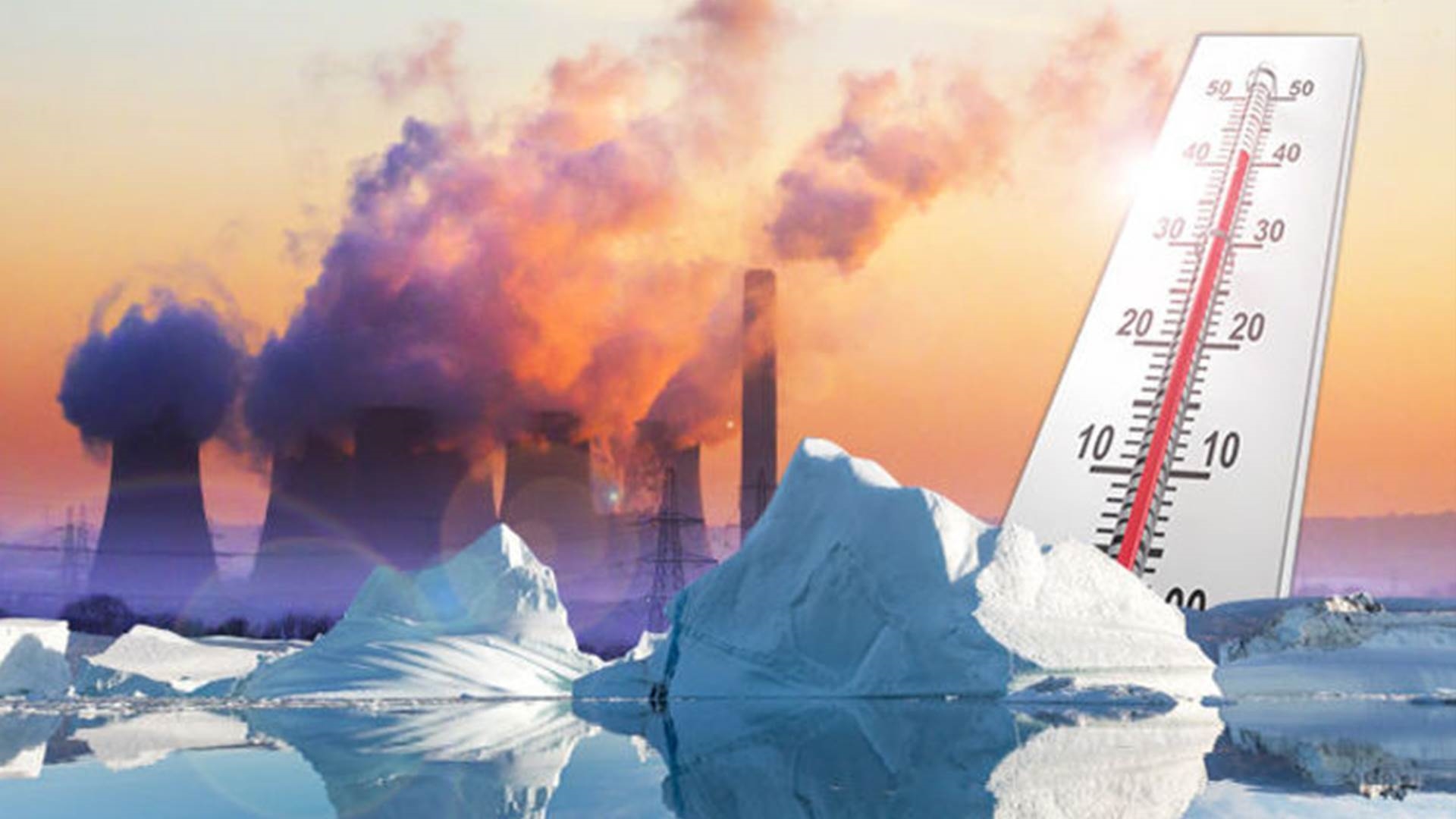A Week of Climate Extremes in Gulf States, Climate Change is Key Accused
Mai El-Kafoury

With the heaviest rainfall 75 years ago and 254 millimeters of water in Al Ain, the UAE experienced violent climate disturbances for the first time in decades, causing the death of about 4 people in addition to flooding roads and causing aircraft to pile up at Dubai International Airport.
While heavy rains in Oman killed at least 20 people, blockading many drivers and residents, suspending schooling and universities in Bahrain and disrupting Yemen's electricity and water networks.
The fingers of accusations in the case of these extreme weather events point to climate change as an active element in what is currently happening in our world today. Of course, a particular phenomenon cannot be directly linked to climate change, but research findings in this range indicate a clear correlation between heavy rainfall strikes and global warming.
The main reason for this is that as the global climate warms, more water evaporates from the oceans, seas, lakes, soil itself and plants. Furthermore, air's ability to retain that water increases, as air can retain about 7% more humidity per degree Celsius. And this process transforms the Earth's air into an enormous water tank ready at any moment to unload.
This effect is very variously demonstrated, that is, it reconfigures rain distributions almost all over the planet, finding that the total amount of rain may decrease in several regions, but is nonetheless exposed to short waves of extreme excess rain.
In that case, torrents and floods are more likely to occur, as global warming drains the soil more than usual, making it easier for water to run, and so on; the impact of torrents and floods is maximized, especially in the case of exceptional rains.
Several recent studies have demonstrated the relationship between climate change, rainfall and extreme wind activity, most notably a study by researchers from the Potsdam Institute for Climate Impact Research.
It noted that the severity and frequency of heavy rainfall increases significantly with each increase in global temperatures average. The study warned that these changes in the intensity and frequency of heavy rains could be much worse than scientists had previously thought, and could affect the economy and, consequently, social stability worldwide, especially as they are associated with floods.
Another study published in the Nature Patrol also indicated that scientists estimated that, for every temperature rise of 1 ° C, heavy rainfall rates increased by 15%, especially in high-altitude areas such as mountains.













